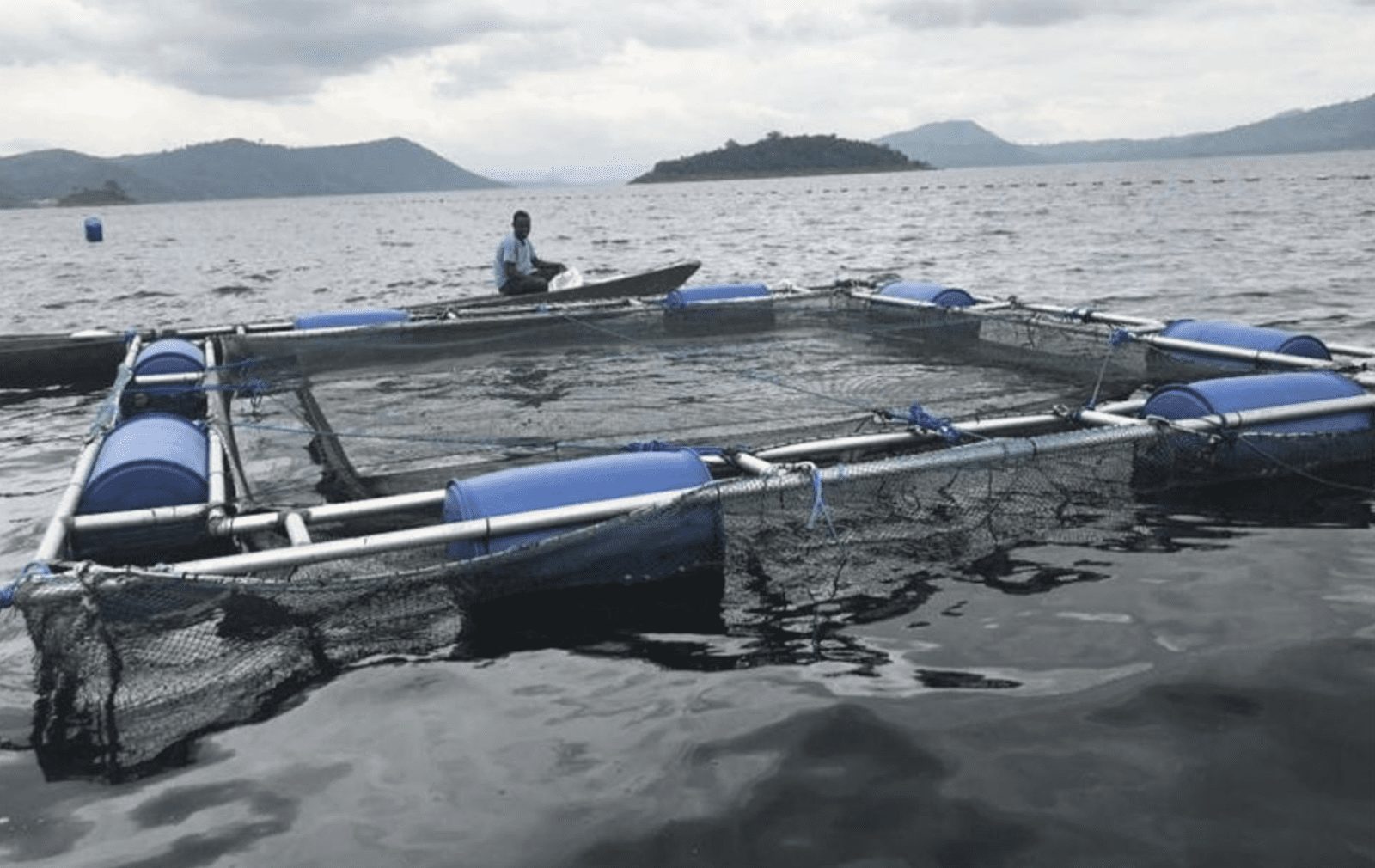By 2030, 62 percent of all seafood produced for human consumption will come from aquaculture. Today, about 50 percent of seafood comes from the aquaculture industry. As more and more countries worldwide expand their commitment to sustainable fish farming, the U.S. soy industry continues to offer technical assistance and support. This story, from the Global Aquaculture Alliance, focuses on the expansion of aquaculture into sub-Saharan Africa.
A report from the U.S. Soybean Export Council exploring opportunities for U.S. soybean exporters in sub-Saharan Africa (SSA) identified 13 countries in the region at the “forefront” of aquaculture development as potential target markets.
According to USSEC, which gave the Advocate an exclusive preview before making the report public, two species dominate aquaculture production in the region: Nile tilapia (Oreochromis niloticus) and African catfish (Clarias gariepinus), both of which perform well on soy products. SSA production of these fish increased tenfold from 2000 to 2016, according to statistics from the Food and Agriculture Organization of the United Nations (FAO), but is now poised for even greater gains, with USSEC projecting a 10 percent annual growth rate. By 2023, aquaculture output for the entire region will exceed 800,000 metric tons (MT), the group predicts, with the majority of growth from the expansion and intensification of small-scale producers and the development of commercial tilapia farming in the region’s lakes.
“There is little doubt that the climate, water and land, labor resources and a high demand for fish underscores that Africa holds much potential for aquaculture growth,” the 285-page report concluded. Challenges to this ascent include a lack of access to capital, poor-quality seed and feed, low knowledge base, transport and logistics constraints and political instability.

“Africa in general has long had ‘potential’ for aquaculture, with abundant natural resources to do so and an inherent possible demand for farmed seafood, both in the region and for export,” said Lukas Manomaitis, USSEC’s aquaculture program technical contractor and Southeast Asian technical director, was the project manager. “It seems now that the industry is truly growing and starting to show some life.”
